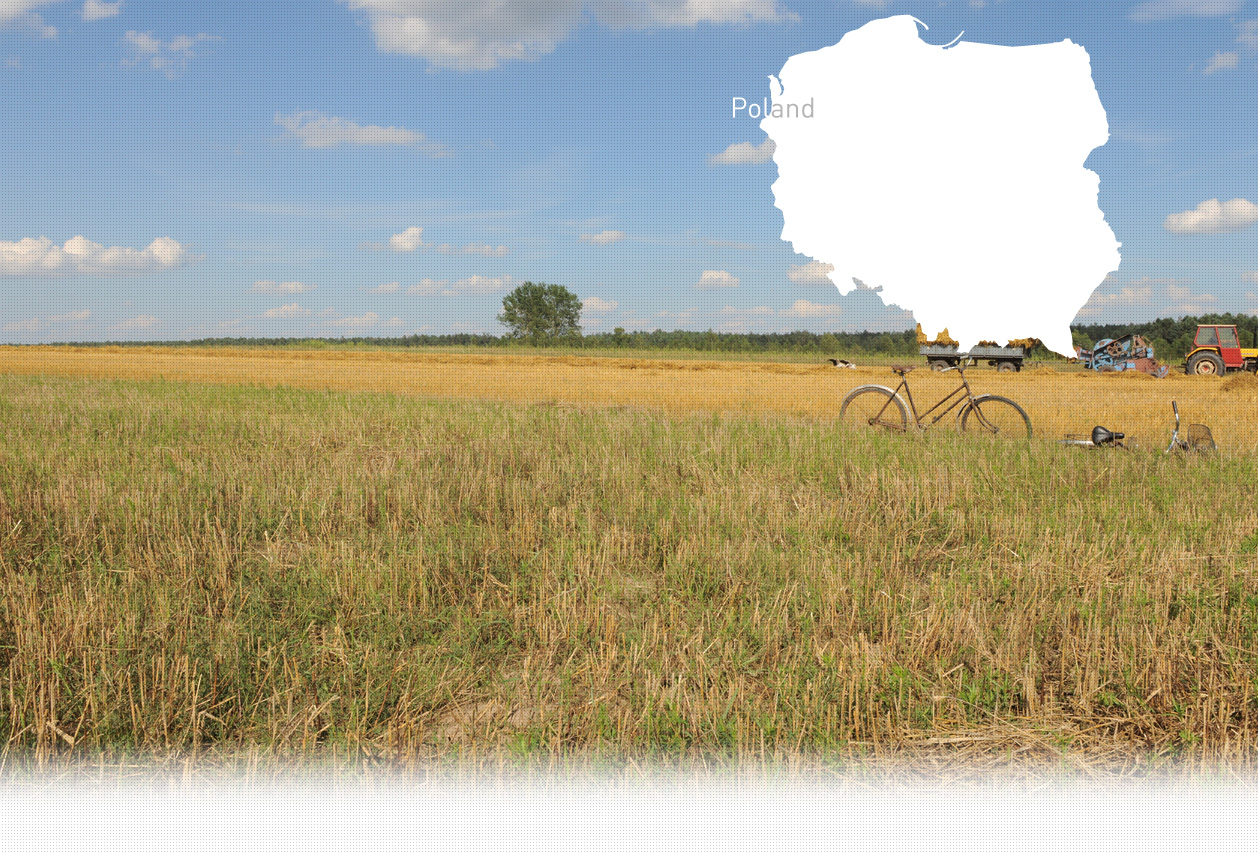

1 Killing site(s)
Krystyna J., born in 1931: “Before the war, I moved from Starachowice to Wąchock with my family. We lived in a house near the Jewish cemetery. There were many Jews in Wąchock at that time, most of them were shopkeepers and craftsmen. There was a stone synagogue near "Kolejowa" street. When the German occupation began, the Germans started to persecute and shoot the Jews. They would take the Jews to the Jewish cemetery in cars, not carts. There, they would ask the Jews to run, and they shoot them one by one. This was not an isolated episode. All the men hid, otherwise they were requisitioned to bury the bodies. The men hid, but the curious children watched. On another occasion, I saw the Germans bringing a very pregnant Jewish woman from Marcinków to the cemetery. She was well dressed and very beautiful. Someone must have denounced her. The Germans killed her. She was already lifeless, but the child in her womb was still alive and moving. She was buried at the cemetery (…)”(Witness N°1355P, interviewed in Wąchock, on August 24, 2022)
Wąchock is a town in Starachowice County, Świętokrzyskie Voivodeship, Poland, within the historical region of Lesser Poland. It lies about 6 km (3,7mi) from Starachowice and approximately 42 km (26mi) from Kielce, the capital of the region. Jews began to settle in Wąchock at the end of the 18th century. In 1921, the town was home to 468 Jewish residents, a number that had increased to 650 by 1930. During the interwar period, Wąchock served as an urban settlement in the Iłżecki District. The Jewish community in Wąchock was an integral part of the town’s social and economic life. They had their own distinct culture, traditions, and religious institutions. A synagogue, kosher butchers and a brick mikvah were some of the institutions that served the community. Many Jews worked as craftsmen, including tailors, shoemakers, and carpenters. Others were involved in trade and owned businesses such as grocery stores, clothing shops, and mills. Agriculture also played a role in the community, with some Jews involved in farming and tending to their own land. Weekly markets were held every Monday, providing opportunities for economic activities and trade.
German troops arrived in Wąchock in September 1939. Due to the destruction caused during the invasion, when some houses were burned down and rendered uninhabitable, multiple families often shared a single apartment. Additionally, individuals from the wider Wąchock region sought refuge in the settlement. During the period of German occupation, Jewish residents from Wąchock were forced to work in labor camps established at the Herman Göring Werke armaments plant in Starachowice and HASAG in Skarżysko-Kamienna. Tragically, many of them perished due to the harsh conditions and tasks imposed on them. Despite this, Wąchock itself did not have a designated ghetto, and until 1942, Jews were allowed to move freely within the settlement. On October 22, 1942, all Jewish residents in Wąchock were forcibly transported to Starachowice and subsequently to the German Nazi concentration camp in Treblinka. Some Jews sought assistance from sympathetic Poles and chose to hide in their apartments or farm buildings. Unfortunately, there were instances where betrayals and denunciations to the Germans occurred, leading to dire consequences for those in hiding. According to oral accounts from two witnesses interviewed by Yahad in August 2022, the Germans executed people of Jewish origin and Poles hiding Jews in the Jewish cemetery in Wąchock during the occupation. According to Krystyna J., born in 1931, executions at the cemetery were very frequent. She saw some of them from the attic of her family house, located near the cemetery. The victims were brought to the execution site by the Germans in cars. After the shooting, the Germans would requisition local farmers and order them to bury the bodies of the victims. Mieczysław T., born in 1936 saw at least two such executions. After one of them, he went to the cemetery and saw four bodies of Jewish men, completely naked. The four men were put into the mass grave and buried by a local gravedigger. A memorial commemorating the victims of the Holocaust is now located in the cemetery. The Jewish community also reappeared in the town just after the war but were victims of acts of violence. Between 1944 and 1946, several Jews who had managed to survive the occupation were murdered in Wąchock.
Do you have additional information regarding a village that you would like to share with Yahad ?
Please contact us at contact@yahadinunum.org
or by calling Yahad – In Unum at +33 (0) 1 53 20 13 17